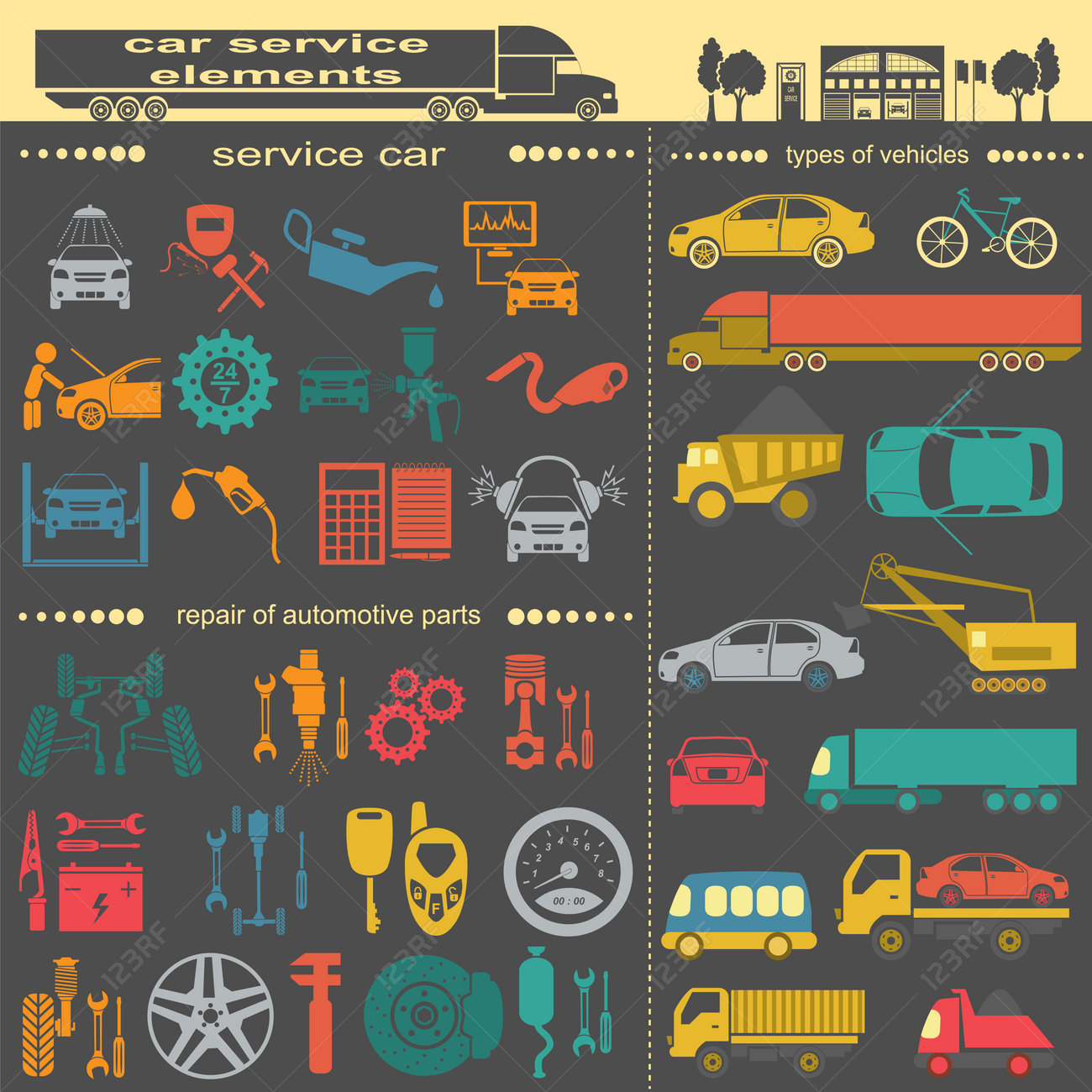When you lag the wheel, those beautiful warning lights on your control panel can be a bit puzzling. Do you know what they're attempting to tell you about your automobile's wellness? Understanding the relevance of these lights is essential for your safety and the durability of your vehicle. So, the next time one of those lights turns up, wouldn't you intend to decode its message properly and take the required actions to resolve it?
Common Caution Lights and Interpretations
Recognize usual warning lights in your vehicle and understand their meanings to make sure secure driving.
The most normal warning lights consist of the check engine light, which signifies issues with the engine or exhausts system. If this light begins, it's vital to have your lorry examined immediately.
The oil stress alerting light indicates low oil pressure, needing immediate focus to stop engine damages.
A blinking battery light may suggest a damaged billing system, potentially leaving you stranded if not addressed.
The tire pressure surveillance system (TPMS) light informs you to reduced tire stress, influencing vehicle stability and gas effectiveness. Ignoring this can result in risky driving conditions.
The abdominal light suggests a trouble with the anti-lock braking system, endangering your capacity to quit quickly in emergency situations.
Lastly, the coolant temperature advising light warns of engine getting too hot, which can lead to serious damage otherwise solved quickly.
Recognizing these common caution lights will aid you deal with problems without delay and preserve secure driving problems.
Significance of Prompt Attention
Recognizing the common warning lights in your auto is only the initial step; the relevance of quickly addressing these warnings can't be stressed sufficient to guarantee your security when driving.
When a caution light brightens on your control panel, it's your cars and truck's way of connecting a potential concern that needs attention. Disregarding these cautions can result in much more serious troubles in the future, compromising your security and possibly costing you more out of commission.
Trigger focus to alerting lights can prevent failures and accidents. As Read More On this page , a blinking check engine light might indicate a misfire that, if left neglected, can trigger damage to the catalytic converter. Resolving this immediately can conserve you from a pricey repair service.
Likewise, https://edwinnigav.newsbloger.com/32694894/find-out-just-how-environment-friendly-automobile-detailing-products-can-raise-your-car-s-shine-while-shielding-the-planet-discover-the-sustainable-choices-waiting-for-you warning light may signal low brake liquid or used brake pads, essential components for your safety and security when driving.
DIY Troubleshooting Tips
If you see a caution light on your dashboard, there are a couple of do it yourself fixing pointers you can try before seeking expert assistance.
The very first step is to consult your vehicle's manual to recognize what the specific warning light shows. Occasionally the issue can be as straightforward as a loose gas cap activating the check engine light. Tightening up the gas cap might deal with the issue.
official source is a low battery, which can set off various cautioning lights. Examining the battery links for corrosion and guaranteeing they're safe and secure could take care of the issue.
If a caution light continues, you can try resetting it by separating the cars and truck's battery for a couple of minutes and after that reconnecting it. Furthermore, examining your automobile's fluid degrees, such as oil, coolant, and brake liquid, can help repair warning lights connected to these systems.
Final thought
In conclusion, recognizing your vehicle's warning lights is necessary for maintaining your automobile running smoothly and securely. By immediately attending to these informs and knowing what they suggest, you can avoid expensive fixings and potential malfunctions.
Remember to consult car wash for vans near me and truck's handbook for certain information on each advising light and take action appropriately to make sure a trouble-free driving experience.
Remain informed, stay risk-free on the road!
